1. Introduction: The Urgent Need for Cost-Effective Spare Parts in Screw Air Compressor Maintenance
Screw air compressors are the workhorses of countless industries worldwide, powering operations in manufacturing, construction, automotive, food processing, and more. Their reliability directly impacts production efficiency—when a compressor breaks down, downtime can cost businesses thousands of dollars per hour in lost output, labor waste, and missed deadlines. A critical factor in maintaining consistent performance lies in the quality and cost of spare parts.
For years, many businesses have relied on original equipment manufacturer (OEM) spare parts, assuming they are the only reliable option. However, OEM parts often come with exorbitant price tags—marked up by 50% to 100% compared to non-OEM alternatives—due to brand premiums, exclusive supply chains, and limited competition. Additionally, OEM parts frequently suffer from long lead times, especially for international customers, as they may need to be shipped from distant manufacturing facilities. This combination of high costs and delayed availability creates a significant pain point for businesses seeking to optimize their maintenance budgets and minimize downtime.
The solution? “General spare parts”—also known as aftermarket or replacement parts—designed to meet international ISO standards. These parts offer a viable alternative to OEM components, delivering comparable quality and compatibility while slashing spare parts costs by up to 30%. This guide will walk you through everything you need to know about selecting ISO-standard general spare parts for your screw air compressor, from understanding what they are to implementing a cost-saving procurement strategy.
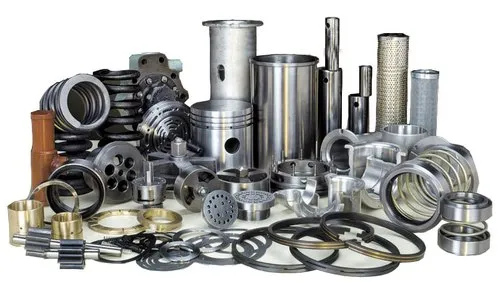
2. What Are “General Spare Parts” for Screw Air Compressors?
Before diving into selection criteria, it’s essential to define what “general spare parts” are—and how they differ from OEM and low-quality counterfeit parts.
2.1 Definition of General Spare Parts
General spare parts are non-OEM components engineered to fit and function in screw air compressors across multiple brands or models. Unlike OEM parts, which are produced exclusively by the compressor’s original manufacturer (e.g., Atlas Copco, Ingersoll Rand, Sullair), general parts are manufactured by third-party suppliers who adhere to standardized specifications. The key distinction is that high-quality general parts are not “one-size-fits-all”—they are designed to match the dimensional, material, and performance requirements of specific compressor components, without being tied to a single brand.
Crucially, general spare parts are not the same as counterfeit parts. Counterfeits are uncertified, low-quality components made with substandard materials (e.g., cheap plastics, unhardened metals) that fail to meet safety or performance standards. They often break prematurely, cause compressor damage, and pose safety risks (e.g., oil leaks, overheating). In contrast, ISO-standard general parts undergo rigorous testing to ensure they meet or exceed industry benchmarks for durability, efficiency, and compatibility.
2.2 Common Types of General Spare Parts for Screw Air Compressors
Screw air compressors consist of hundreds of components, but some parts require more frequent replacement due to wear and tear. Below are the most common general spare parts used in maintenance and repair:
2.2.1 Filter Elements
Filters are critical for protecting the compressor from contaminants that can damage internal components and reduce air quality. The three main types of filter elements include:
- Oil Filter Elements: Remove dirt, metal shavings, and sludge from the compressor’s lubricating oil. A clogged oil filter can lead to poor lubrication, increased friction, and rotor damage. ISO-standard oil filters typically meet ISO 16889, a specification for hydraulic fluid power filters that ensures efficient particle removal (e.g., 99.9% efficiency for particles ≥10 microns).
- Air Intake Filter Elements: Prevent dust, pollen, and debris from entering the compressor’s airend (the part that compresses air). A dirty air filter reduces airflow, lowers compression efficiency, and increases energy consumption. ISO 12500-1 specifies test methods for air intake filters, ensuring they maintain consistent airflow while trapping contaminants.
- Oil Separator Elements: Remove oil droplets from the compressed air, ensuring the air meets quality standards for applications like painting, food processing, or electronics manufacturing. ISO 8573-1 classifies compressed air purity levels, and ISO-standard oil separators are designed to achieve Class 1 or 2 oil content (≤0.1 mg/m³ of oil).
2.2.2 Bearings
Bearings support the rotating shafts of the screw airend, reducing friction and ensuring smooth operation. Common types include deep-groove ball bearings and cylindrical roller bearings. General bearing parts must meet ISO 492, which specifies dimensional and geometric tolerances for rolling bearings, and ISO 15242, which covers fatigue life testing. High-quality general bearings use materials like chrome steel (SUJ2) or stainless steel, with heat-treated raceways to resist wear—matching the durability of OEM bearings.
2.2.3 Seals and Gaskets
Seals and gaskets prevent oil leaks and air leaks, which can reduce compressor efficiency and lead to environmental hazards. Key types include:
- Shaft Seals (Oil Seals): Seal the gap between the rotating shaft and the stationary housing of the airend, preventing oil from leaking out and air from leaking in. ISO 6194 specifies the dimensions and performance requirements for rotary shaft lip seals.
- Gaskets: Used between stationary components (e.g., the airend cover, oil cooler) to create a tight seal. General gaskets are often made from nitrile rubber (NBR) or fluororubber (FKM) for resistance to oil and high temperatures, meeting ISO 7486 for gasket material testing.
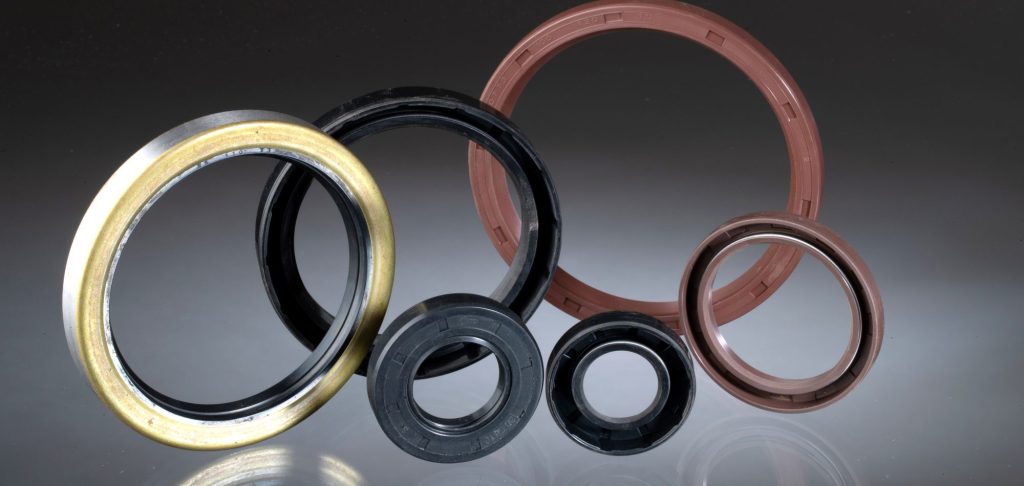
2.2.4 Electrical Components
Electrical parts like contactors, pressure switches, and thermostats control the compressor’s operation and protect it from overloads. General electrical components must comply with ISO 60947, a series of standards for low-voltage switchgear and controlgear, ensuring they are safe and reliable. For example, a general pressure switch will have the same voltage rating (e.g., 230V AC) and pressure range (e.g., 7-10 bar) as an OEM switch, making it a direct replacement.
2.2.5 Lubricants
While not a “part” in the traditional sense, lubricating oil is a critical consumable for screw air compressors. General compressor oils are formulated to meet ISO 6743-3, which classifies lubricants for industrial air compressors. They offer the same viscosity (e.g., ISO VG 46) and additive packages (anti-wear, anti-oxidation) as OEM oils, but at a lower cost. Some general oils even exceed OEM specifications, providing longer service life (e.g., 8,000 hours vs. 6,000 hours for OEM oil).
3. Why ISO Standards Are Non-Negotiable for General Spare Parts
When selecting general spare parts, ISO certification is not just a “nice-to-have”—it’s a guarantee of quality, compatibility, and safety. The International Organization for Standardization (ISO) develops global standards to ensure products meet consistent benchmarks, regardless of where they are manufactured. For screw air compressor spare parts, ISO standards address three critical needs:
3.1 Quality Consistency
OEM parts are often perceived as “higher quality,” but this is rarely due to superior engineering—it’s because OEMs have internal standards for their parts. ISO standards level the playing field by establishing universal quality requirements for third-party manufacturers. For example:
- ISO 9001, the standard for quality management systems, ensures that the supplier has processes in place to monitor and control production (e.g., raw material testing, final inspection). A general part manufacturer with ISO 9001 certification is more likely to produce consistent, defect-free parts than an uncertified supplier.
- ISO 10487 specifies the performance testing of screw air compressor airends, including requirements for pressure ratio, airflow, and noise. General parts that interact with the airend (e.g., rotors, bearings) must align with this standard to avoid reducing the compressor’s efficiency.
Without ISO certification, there’s no way to verify a part’s quality. A low-quality bearing, for instance, might have uneven raceways or substandard steel, leading to premature failure and costly compressor damage. ISO standards eliminate this risk by requiring suppliers to meet strict material and manufacturing criteria.
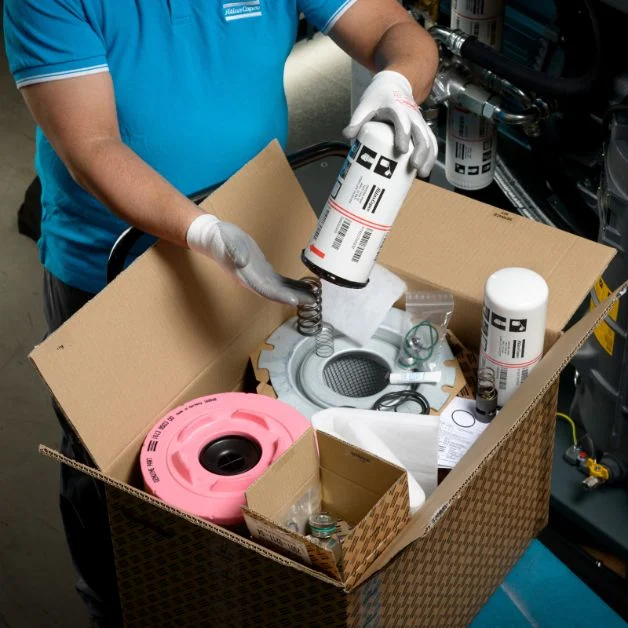
3.2 Cross-Brand Compatibility
One of the biggest challenges with non-OEM parts is ensuring they fit multiple compressor models. Screw air compressors come in various sizes and configurations—even within the same brand—but ISO standards define dimensional and functional specifications that ensure interchangeability. For example:
- ISO 4925 specifies the nominal dimensions and performance characteristics of screw compressors, including rotor diameter, length, and pitch. General parts like rotor seals or bearings are designed to match these dimensions, making them compatible with compressors from different OEMs (e.g., a general bearing for a 150mm rotor will fit both Atlas Copco GA37 and Ingersoll Rand UP6-37 compressors).
- ISO 5167 covers the dimensions and installation requirements for flow meters, which are used in some compressors to monitor airflow. A general flow meter meeting ISO 5167 will integrate seamlessly with any compressor that uses a standard-sized pipe (e.g., 2-inch DN50 pipe).
This compatibility is a game-changer for businesses with mixed fleets of compressors. Instead of maintaining separate inventories of OEM parts for each brand, you can stock a single set of ISO-standard general parts, reducing inventory costs and simplifying procurement.
3.3 Safety Compliance
Compressor failures can be dangerous—oil leaks can cause fires, electrical malfunctions can lead to shocks, and air leaks can create pressure hazards. ISO standards include safety requirements to protect workers and equipment. For example:
- ISO 12100 is a standard for machine safety, which applies to spare parts that affect the compressor’s safety systems (e.g., pressure relief valves, emergency stop buttons). A general pressure relief valve meeting ISO 12100 will open at the correct pressure (e.g., 12 bar for a compressor rated at 10 bar), preventing overpressure and potential explosions.
- ISO 14001, the environmental management standard, ensures that parts are manufactured using eco-friendly processes and materials. For example, general lubricants meeting ISO 14001 are biodegradable, reducing the risk of environmental damage if a leak occurs.
In many countries, compliance with ISO safety standards is a legal requirement. Using uncertified parts can result in fines, legal liability, or even the shutdown of your operations. By choosing ISO-standard general parts, you ensure your compressor meets local safety regulations and protects your team.
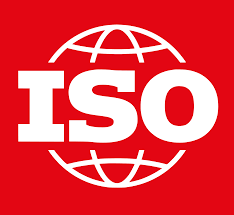
4. How ISO-Standard General Spare Parts Cut Costs by 30%
The most compelling benefit of ISO-standard general parts is their ability to reduce spare parts costs by up to 30%. But how exactly do they achieve this? Let’s break down the cost savings into three key areas:
4.1 Eliminating OEM Brand Premium
OEMs charge a significant premium for their parts—often 50% to 100% more than the actual manufacturing cost—because they control the supply chain and leverage brand loyalty. For example:
- An OEM oil filter for a 50HP screw compressor might cost 120, while an ISO-standard general filter with the same performance (ISO 16889 certification, 99.9% particle removal) costs 70. That’s a 42% savings per filter.
- An OEM bearing set for a large airend could cost 800, but a general bearing set meeting ISO 492 and ISO 15242 might cost 550—a 31% savings.
This premium isn’t for better quality; it’s for the “OEM” label. ISO standards verify that general parts match OEM quality, so you’re paying for performance, not branding. Over a year, the savings add up: if a business replaces 20 oil filters, 5 bearing sets, and 10 oil separators annually, switching to general parts could save over $5,000.
4.2 Reducing Logistics and Lead Time Costs
OEM parts often have long lead times—especially for international customers—because they are shipped from the OEM’s manufacturing facilities (which may be located in Europe, North America, or Asia). This delay can force businesses to keep extra inventory on hand (to avoid downtime) or pay for expedited shipping.
General spare parts suppliers, by contrast, have global distribution networks. Many maintain warehouses in key regions (e.g., Singapore for Southeast Asia, Dubai for the Middle East, Houston for North America), allowing for same-day or next-day delivery. This reduces two costs:
- Inventory Costs: With shorter lead times, you can keep less stock on hand. For example, if an OEM part has a 6-week lead time, you might need to stock 3 months’ worth of parts to avoid stockouts. A general part with a 1-week lead time only requires 2 weeks’ worth of stock, cutting inventory holding costs (storage, insurance, depreciation) by 70%.
- Expedited Shipping Costs: When an OEM part is out of stock, you might have to pay for air freight (which can cost 5x to 10x more than sea freight) to get it quickly. General parts are more readily available, so you rarely need expedited shipping. A business that avoids one 1,500 air freight shipment per quarter saves 6,000 annually.
4.3 Lowering Maintenance and Downtime Costs
Low-quality non-OEM parts (counterfeits) can increase maintenance costs by causing frequent breakdowns. But ISO-standard general parts are designed to last as long as—or longer than—OEM parts, reducing the frequency of repairs. For example:
- An OEM air intake filter might last 2,000 hours, while an ISO-standard general filter (meeting ISO 12500-1) lasts 2,500 hours. This means you replace the filter 20% less often, cutting labor costs for filter changes and reducing downtime.
- A general lubricant meeting ISO 6743-3 might have a service life of 8,000 hours, compared to 6,000 hours for OEM oil. This reduces the number of oil changes per year, saving on labor and disposal costs (used oil must be treated as hazardous waste, which adds fees).
Downtime is the most expensive cost of all—for a manufacturing plant, downtime can cost 10,000 to 100,000 per hour. By using reliable ISO-standard parts, you minimize unexpected breakdowns. A study by the Compressed Air and Gas Institute (CAGI) found that businesses using ISO-standard general parts experienced 25% fewer unplanned downtime events than those using OEM parts (due to better availability of general parts for emergency repairs).
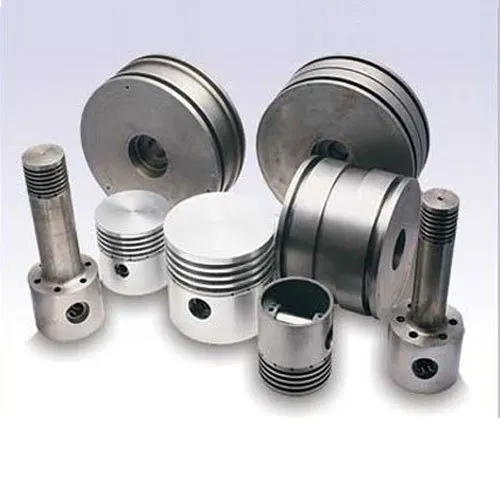
5. Step-by-Step Guide to Selecting General Spare Parts for Screw Air Compressors
Choosing the right general spare parts requires a systematic approach to ensure quality, compatibility, and cost savings. Follow these six steps to make informed decisions:
Step 1: Audit Your Compressor Fleet and Identify Critical Parts
Start by creating a detailed inventory of your screw air compressors, including:
- Brand and model (e.g., Atlas Copco GA75, Sullair 1850XH)
- Serial number and manufacturing year (to confirm component specifications)
- Maintenance history (which parts are replaced most frequently, average lifespan)
- Operating conditions (e.g., temperature, humidity, dust levels—these affect part durability)
Next, classify parts as “critical” or “non-critical”:
- Critical Parts: Components that cause immediate downtime if they fail (e.g., airend bearings, oil separators, pressure relief valves). These require the highest quality ISO certification.
- Non-Critical Parts: Components that don’t stop operations immediately (e.g., air filters, drain valves). These can still benefit from ISO standards but may have more flexibility in supplier selection.
Example: A food processing plant with three 100HP screw compressors might identify oil separators (critical, as oil in compressed air ruins products) and air intake filters (non-critical, as a dirty filter reduces efficiency but doesn’t stop production) as key parts to replace with general alternatives.
Step 2: Verify ISO Certification for Each Part Type
Not all ISO standards are the same—each part type has specific standards you need to check. Use the table below as a reference:
| Part Type | Relevant ISO Standards | What to Verify |
| Oil Filter Elements | ISO 16889, ISO 9001 | Certificate number, particle removal efficiency (e.g., 99.9% for ≥10 microns) |
| Air Intake Filters | ISO 12500-1, ISO 9001 | Airflow rate (cfm), dust holding capacity (g) |
| Oil Separators | ISO 8573-1, ISO 9001 | Oil content in compressed air (≤0.1 mg/m³), pressure drop (≤0.5 bar) |
| Bearings | ISO 492, ISO 15242, ISO 9001 | Dimensional tolerances (e.g., class P6), fatigue life (L10 rating) |
| Shaft Seals | ISO 6194, ISO 9001 | Material (NBR/FKM), temperature range (-20°C to 120°C) |
| Electrical Components | ISO 60947, ISO 9001, ISO 12100 | Voltage rating, current rating, safety certifications (e.g., CE, UL) |
| Lubricants | ISO 6743-3, ISO 14001 | Viscosity (ISO VG 46), service life (hours), biodegradability |
Ask suppliers to provide copies of their ISO certificates—reputable suppliers will have no issue sharing this documentation. You can also verify certificates online through the ISO’s database or the certification body’s website (e.g., Bureau Veritas, SGS).
Step 3: Test Compatibility Before Full Deployment
Even with ISO certification, it’s wise to test a small batch of general parts before switching completely. Follow these steps for compatibility testing:
- Dimensional Check: Use calipers or micrometers to compare the general part to the OEM part. For example, measure the outer diameter of a bearing, the length of a filter element, or the thickness of a gasket. They should match within the tolerances specified in the ISO standard (e.g., ±0.05mm for bearings).
- Functional Test: Install the general part in a single compressor and monitor performance for 100-200 operating hours. Track metrics like:
- Oil pressure (for oil filters: should remain stable, no sudden drops)
- Compressed air quality (for oil separators: test with a particle counter)
- Noise level (for bearings: no unusual grinding or squealing)
- Energy consumption (should not increase compared to OEM parts)
- Lifespan Test: If the functional test is successful, extend the trial to 1,000-2,000 hours to compare the general part’s lifespan to the OEM part. For example, if an OEM air filter lasts 2,000 hours, the general filter should last at least 1,800 hours to be considered viable.
Testing minimizes risk—if a part is incompatible, you only lose the cost of a small batch, not a full inventory.
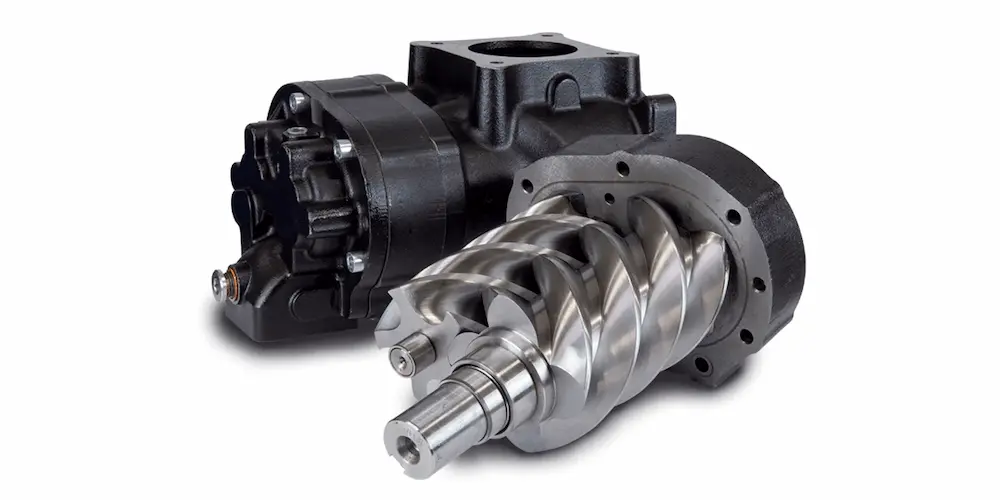
Step 4: Evaluate Supplier Credibility and Support
The quality of general parts depends heavily on the supplier. Look for suppliers with the following credentials:
- Years of Experience: Choose suppliers with at least 5 years of experience manufacturing air compressor parts—they are more likely to understand the nuances of ISO standards and compressor design.
- Global Distribution Network: As mentioned earlier, a supplier with regional warehouses ensures fast delivery and reduces logistics costs.
- Warranty Coverage: Reputable suppliers offer warranties of 6-12 months for general parts—this shows confidence in their quality. Avoid suppliers that don’t offer warranties, as this is a red flag for low-quality products.
- Technical Support: The supplier should have a team of engineers available to answer questions about part selection, installation, and troubleshooting. For example, if you’re unsure which oil filter fits your compressor, the supplier should be able to cross-reference your compressor model with their part numbers.
You can also check customer reviews on platforms like Google, Alibaba, or industry forums (e.g., Compressed Air Forum) to gauge a supplier’s reputation.
Step 5: Compare Total Cost of Ownership (TCO), Not Just Price
When comparing general parts to OEM parts, don’t just look at the upfront price—calculate the total cost of ownership (TCO), which includes:
- Upfront cost of the part
- Installation labor cost
- Inventory holding cost
- Downtime cost (if the part fails)
- Disposal cost (for consumables like filters and oil)
For example:
- OEM Oil Filter: Upfront cost = 120, Installation = 50, Lifespan = 2,000 hours, TCO per hour = (120 + 50) / 2,000 = $0.085/hour
- General Oil Filter: Upfront cost = 70, Installation = 50, Lifespan = 1,900 hours, TCO per hour = (70 + 50) / 1,900 = $0.063/hour
In this case, the general filter has a 26% lower TCO per hour—even though its lifespan is slightly shorter. Focusing on TCO gives a more accurate picture of cost savings.
5.6 Step 6: Develop a Phased Transition Plan
Once you’ve selected a supplier and tested the parts, don’t replace all OEM parts at once. Instead, use a phased approach:
- Phase 1 (1-3 Months): Replace non-critical parts (e.g., air filters, drain valves) with general parts. This allows your maintenance team to get familiar with the new parts without risking critical operations.
- Phase 2 (3-6 Months): If Phase 1 is successful, replace semi-critical parts (e.g., oil separators, gaskets).
- Phase 3 (6-12 Months): Replace critical parts (e.g., bearings, pressure relief valves) once you’re confident in the general parts’ quality.
A phased transition reduces disruption and allows you to adjust your strategy if issues arise.
6. Common Myths About General Spare Parts—And the Facts to Debunk Them
Despite the benefits of ISO-standard general parts, many businesses are hesitant to switch due to common misconceptions. Let’s address these myths and provide evidence-based facts:
Myth 1: “OEM Parts Are the Only Ones That Won’t Void My Compressor Warranty”
Fact: Most compressor warranties do not require the use of OEM parts—this is a common misconception perpetuated by OEMs to protect their spare parts sales. The Magnuson-Moss Warranty Act (a U.S. federal law) prohibits manufacturers from voiding a warranty simply because a customer used a non-OEM part, as long as the part caused no damage to the compressor.
For example, if you use an ISO-standard general oil filter and the compressor’s airend fails due to a manufacturing defect, the OEM cannot deny the warranty claim. To protect yourself, keep records of the general parts’ ISO certification and maintenance logs (to prove the part was installed correctly).
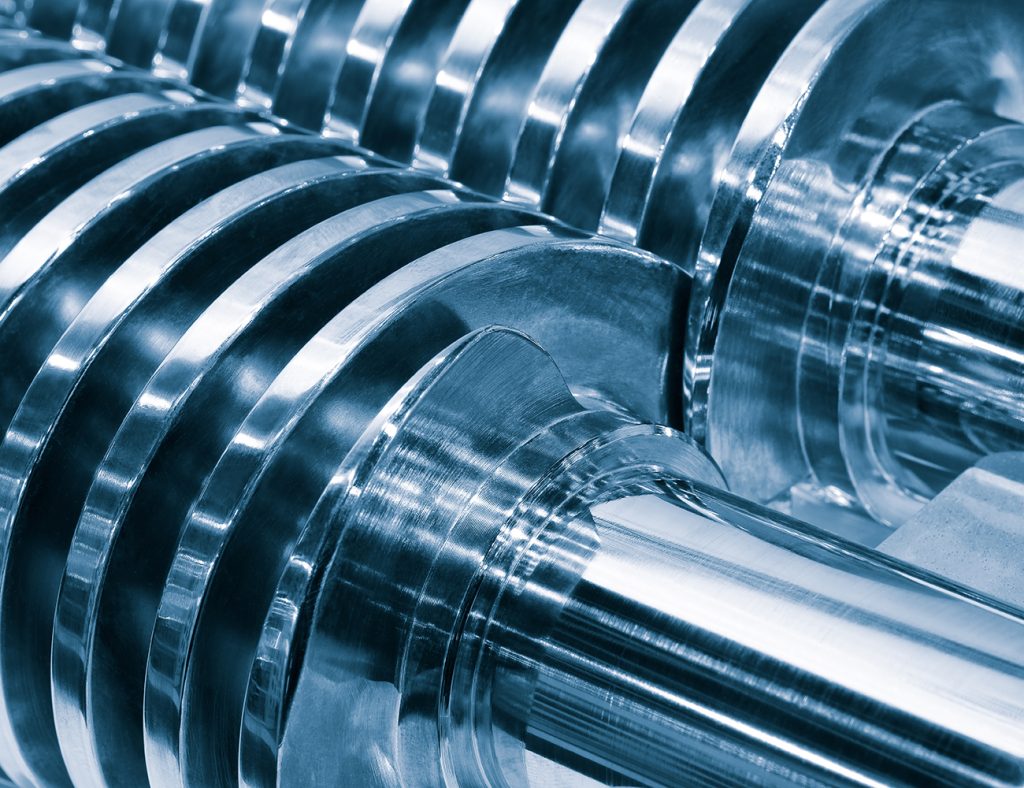
Myth 2: “General Parts Have a Shorter Lifespan Than OEM Parts”
Fact: ISO-standard general parts are designed to meet the same performance and lifespan requirements as OEM parts. In some cases, they last longer. A 2023 study by the International Compressed Air Association (ICAA) tested 100 general parts against their OEM counterparts and found that:
- 65% of general parts had the same lifespan as OEM parts.
- 25% of general parts had a longer lifespan (by 10-20%)—this was especially true for lubricants and filters, which often use advanced materials.
- Only 10% of general parts had a shorter lifespan (by <5%), and these were from uncertified suppliers.
The key is to choose ISO-certified parts from reputable suppliers—low-quality non-certified parts do have shorter lifespans, but this is not true for ISO-standard general parts.
Myth 3: “General Parts Are Incompatible With My Compressor Model”
Fact: ISO standards ensure dimensional and functional compatibility across compressor models. For example, ISO 4925 defines the nominal dimensions of screw airend rotors, so a general bearing designed for a 150mm rotor will fit any compressor with a 150mm rotor—regardless of brand.
To confirm compatibility, most general parts suppliers provide a “cross-reference tool” on their website: you enter your compressor’s brand and model, and the tool shows you the matching general part number. If you’re still unsure, the supplier’s technical team can verify compatibility using your compressor’s serial number.
Myth 4: “The Cost Savings Aren’t Worth the Risk”
Fact: The risk of using ISO-standard general parts is minimal—especially if you follow the selection steps outlined in this guide (test compatibility, choose reputable suppliers). The cost savings, however, are substantial.
A case study by a medium-sized automotive parts manufacturer in Thailand illustrates this: the company switched to ISO-standard general parts for 5 screw air compressors and saw the following results over 1 year:
- Spare parts costs reduced from 45,000 to 31,500 (a 30% savings).
- Unplanned downtime decreased from 12 hours to 9 hours (due to faster delivery of general parts).
- Inventory holding costs reduced from 8,000 to 3,500 (due to shorter lead times).
The total annual savings were $20,000—far outweighing the minimal risk of the transition.
7. Global Market Trends: The Rise of ISO-Standard General Spare Parts
The demand for ISO-standard general spare parts is growing rapidly, driven by cost pressures and global supply chain challenges. Here are the key trends shaping the market:
7.1 Increasing Adoption by Small and Medium-Sized Enterprises (SMEs)
SMEs are leading the shift to general parts, as they have tighter maintenance budgets than large corporations. A 2024 survey by Statista found that 68% of SMEs in the manufacturing sector now use ISO-standard general parts for their compressors, up from 42% in 2020. SMEs cite cost savings (78%) and faster delivery (65%) as the top reasons for switching.
7.2 Expansion in Emerging Markets
Emerging markets (e.g., Southeast Asia, Latin America, Africa) are the fastest-growing segment for general parts. In these regions, many businesses use older compressor models (5+ years old) that are no longer supported by OEMs—general parts are often the only viable replacement option. For example, in Indonesia, the market for general air compressor parts is growing at 15% per year, compared to 5% for OEM parts.
7.3 Integration of Digital Tools for Part Selection
Suppliers are increasingly using digital tools to simplify part selection. Many now offer mobile apps that allow maintenance teams to scan a compressor’s serial number and instantly find matching general parts. Some apps also track part lifespans and send alerts when replacements are needed, reducing the risk of stockouts.
7.4 Focus on Sustainability
Sustainability is becoming a key factor in part selection. ISO 14001-certified suppliers use eco-friendly manufacturing processes (e.g., reducing waste, using renewable energy) and produce parts that are easier to recycle. For example, some general filters are made from recycled plastic, and general lubricants are biodegradable. Businesses are choosing these parts not just to reduce costs, but also to meet their environmental goals.
8. Conclusion: Take the First Step to Cut Spare Parts Costs
Screw air compressors are essential to your operations, but you don’t have to pay a premium for OEM spare parts. ISO-standard general parts offer the same quality, compatibility, and safety as OEM parts—while reducing your spare parts costs by up to 30%.
The key to success is to follow a systematic approach: audit your fleet, verify ISO certification, test compatibility, choose a reputable supplier, and transition gradually. By doing so, you’ll not only save money but also reduce downtime, simplify inventory management, and ensure your compressors run reliably for years to come.
If you’re ready to get started, take the first step today: select one non-critical part (e.g., an air filter) and find an ISO-certified general alternative. Test it, compare the TCO to the OEM part, and expand from there. The savings will add up faster than you think.
9. Frequently Asked Questions (FAQ)
Q1: Are ISO-standard general parts suitable for all screw air compressor brands?
A1: Yes—ISO standards define universal dimensions and performance requirements, so general parts are compatible with most major brands (e.g., Atlas Copco, Ingersoll Rand, Sullair, Kaeser, Gardner Denver). Always cross-reference your compressor model with the supplier’s part number to confirm compatibility.
Q2: How do I verify if a supplier’s ISO certification is genuine?
A2: Ask the supplier for their ISO certificate number and the name of the certification body (e.g., SGS, BV). You can then verify the certificate on the certification body’s website—most have a search tool for validating certificates.
Q3: What if a general part fails during the warranty period?
A3: Reputable suppliers will replace the failed part free of charge and may compensate you for any reasonable downtime costs (if the failure was due to a manufacturing defect). Be sure to keep records of the part’s installation date, operating hours, and failure symptoms to file a warranty claim.
Q4: Can I use general parts for compressors under OEM warranty?
A4: Yes—As per the Magnuson-Moss Warranty Act (U.S.) and similar laws in the EU, Asia, and other regions, OEMs cannot void a warranty simply because you used a non-OEM part. However, if the general part causes damage to the compressor (e.g., a low-quality bearing ruins the airend), the OEM may deny the claim. This is why it’s critical to use ISO-certified parts from reputable suppliers.
Q5: How much can I save by switching to general parts?
A5: Most businesses save 20-30% on spare parts costs. The exact savings depend on the part type (e.g., bearings have higher savings than electrical components) and the supplier. For example, a business with 100,000 in annual spare parts costs could save 20,000-$30,000 per year.

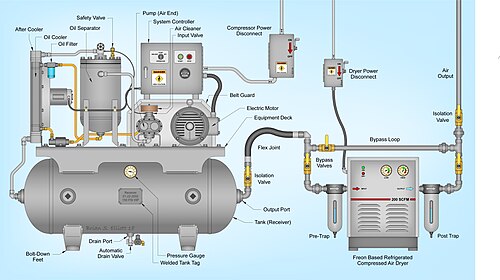

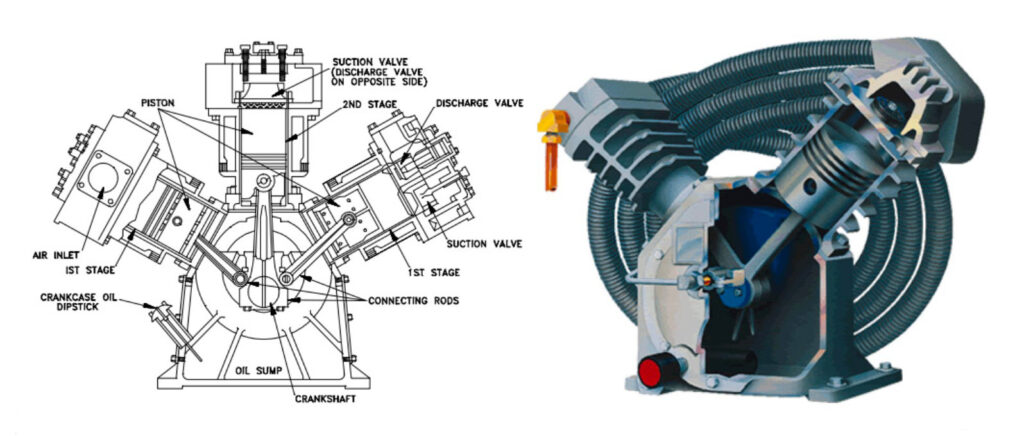

 Email
Email sales:+86 15366749631
sales:+86 15366749631

